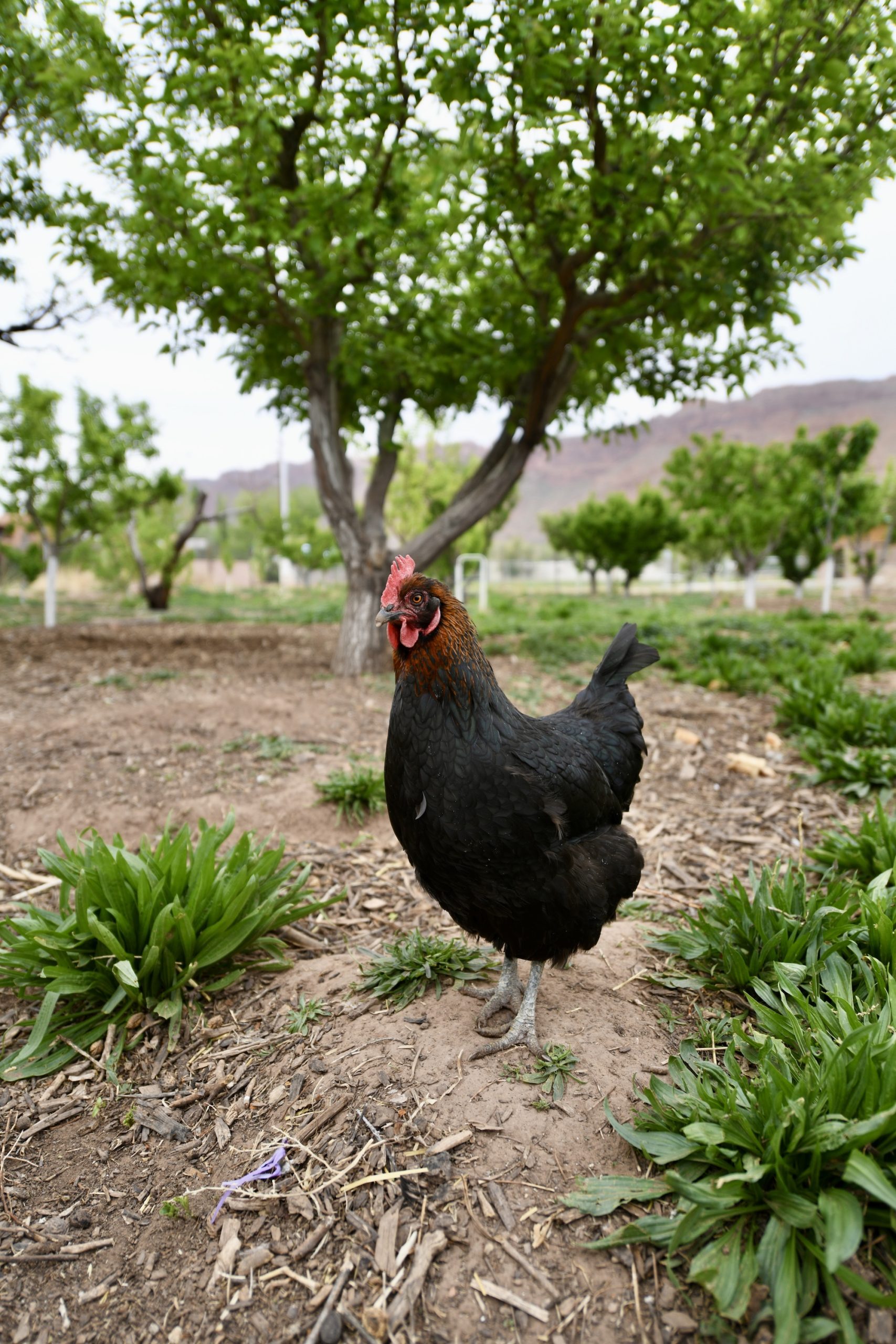Some information may be outdated.
The term “agroforestry” refers to a combination of agriculture and forestry practices. It’s the incorporation of forestry practices, like planting trees to agriculture practices, like crop and animal farming. The goal is to create more sustainable and lasting landscapes—trees can reduce erosion in the landscape, provide shade and windbreaks for animals, and diversify farmers’ income sources.
Educating local leaders throughout the Southwest on the benefits of agroforestry is the main goal of the Southwest Agroforestry Action Network, and in May, the network will host its second annual conference in Moab.
“In these arid states, there’s a lack of understanding of these practices,” said Steven Price, the chair of SWAAN. “Our group is trying to reach out to producers, ranchers, tribal members, community members, and all other stakeholders to increase adoption of these practices.”
Agroforestry encompasses three classifications: silvoarable, which includes trees with crops; silvopastoral, which includes trees with animals; and agrosilvopastoral, which includes trees with crops and animals.
The first day of the conference, Tuesday, May 10, will host a number of speakers, including Will Murray, a resource conservationist for the United States Department of Agriculture in Monticello; Kat Alicia Thompson, an Indigenous regenerative farmer; Kelly Bull, a permaculture landscape designer; and Jeff Adams, a Moab local who runs TerraSophia, a landscaping company that focuses on native plants. There will also be a group discussion and poster session to close out the day.

The second day of the conference focuses on local field tours. The day will kick off in Castle Valley, with tours by landowners Pam Hackley and Eric Secrist, who will discuss how to establish a home-scale food forest and how the use of trees and pasture re-established a remnant historical orchard. Then, the group will travel to speak with Kara Dohrenwend about the nonprofit Rim to Rim Restoration and the landscaping company Wildland Scapes.
After lunch, participants will hear from Dr. Roslynn Brain McCann about the BEE Inspired Gardens project and get a tour of the new Utah State University Moab campus. The day will close out at the Youth Garden Project, with a tour by Executive Director Emily Roberson.
Price said SWAAN chose Moab as the conference location because of the inspiring local agroforestry work already in practice. He hopes that people in Moab can learn from their local leaders, and also that people outside of Moab who travel to the conference can take what they learn and adopt it elsewhere.
“The biggest thing we need in Utah, and one of the largest barriers for agroforestry adoption, is an understanding of what that actually means,” he said. “Our hope is that by getting people thinking about agroforestry, by changing their view of it and giving them the terminology, people can take those practices back to their own operations and have a better idea of what it is they’re doing.”
He expects about 30 people to come, from every facet of agriculture and forestry, including professionals and community members.
The conference will take place on Tuesday, May 10 from 8 a.m. to 7 p.m.; and Wednesday, May 11 from 8 a.m. to 4 p.m. Anyone interested is welcome to join the conference, Price said—registration is available for individual days or both days, in-person or virtually. The price ranges from $35-$100, depending on what participants register for. Registration and the full schedule can be found at www.aztrees.org/event-4528938.
Appreciate the coverage? Help keep local news alive.
Chip in to support the Moab Sun News.





